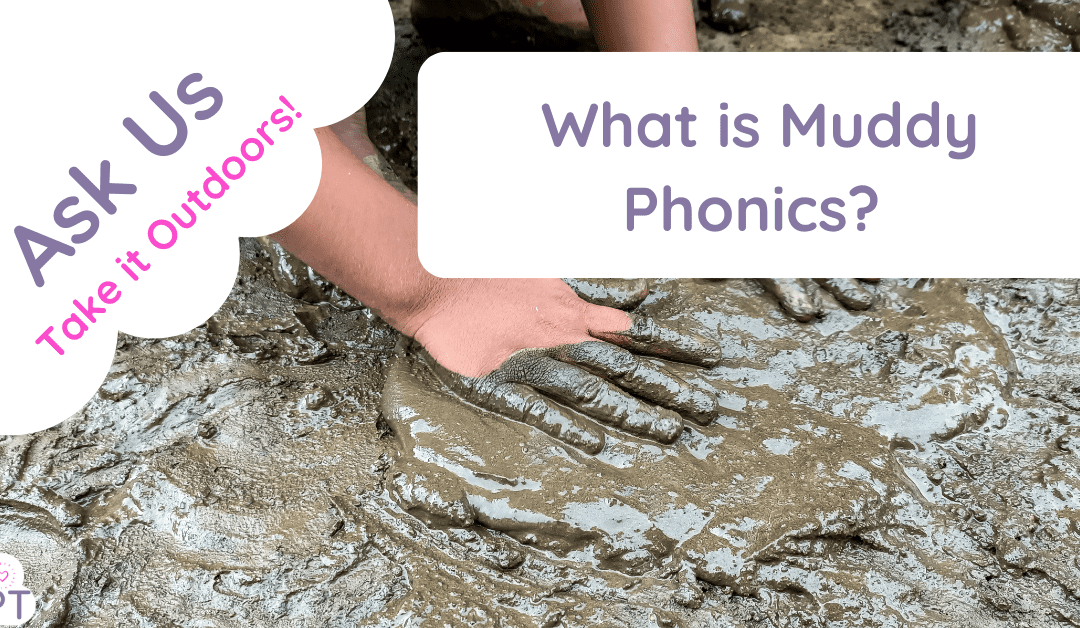What Is Muddy Phonics?
Muddy Phonics is an innovative approach to teaching phonics that integrates outdoor learning and nature-based activities into early literacy education. Developed by the Muddy Puddle Teacher, this method leverages the natural environment to create engaging, hands-on phonics lessons that captivate children’s interest and enhance their understanding of phonetic principles. In this blog post, we will explore what Muddy Phonics is, its benefits, and how it can be implemented in educational settings.
Understanding Muddy Phonics
Muddy Phonics involves taking traditional phonics lessons outdoors and using natural materials and the environment to teach sounds, letters, and words. This approach is based on the idea that children learn best through play, exploration, and hands-on experiences. By incorporating outdoor activities, Muddy Phonics makes learning phonics more enjoyable and memorable.
Core Components of Muddy Phonics
- Outdoor Learning: Lessons are conducted outside, allowing children to interact with nature while learning.
- Hands-On Activities: Children engage in practical activities that involve touching, moving, and manipulating natural materials.
- Multi-Sensory Experiences: Activities are designed to engage multiple senses, enhancing memory and understanding.
- Play-Based Learning: Games and playful activities are integral to the approach, making learning fun and engaging.
External Resource: Benefits of Outdoor Learning Internal Resource: Muddy Puddle Teacher – Outdoor Learning Guides
Benefits of Muddy Phonics
1. Enhanced Engagement
Children are naturally curious and enjoy being outdoors. Muddy Phonics captures their interest and keeps them engaged in learning activities.
External Resource: Edutopia – The Benefits of Outdoor Education
2. Improved Retention
Multi-sensory and hands-on activities help children remember phonetic sounds and letter shapes more effectively than traditional classroom methods.
External Resource: Reading Rockets – Multisensory Learning
3. Physical and Mental Well-Being
Being outdoors promotes physical activity, which is beneficial for children’s health. It also reduces stress and improves mood, making children more receptive to learning.
External Resource: Harvard Health – Exercise and Cognitive Function
4. Environmental Awareness
Children develop a connection with nature and learn about environmental stewardship through outdoor phonics activities.
External Resource: National Wildlife Federation – Connecting Kids with Nature
5. Social Skills Development
Group activities and games in Muddy Phonics encourage teamwork, communication, and social interaction among children.
External Resource: Edutopia – Collaborative Learning Internal Resource: Muddy Puddle Teacher – Teamwork Activities
Implementing Muddy Phonics
1. Sound Hunts
Children go on a hunt to find objects in nature that start with specific phonetic sounds. This activity reinforces sound recognition and vocabulary.
External Resource: Phonics Sound Hunts Internal Resource: Muddy Puddle Teacher – Phonics Sound Hunts
2. Letter Formation with Natural Materials
Using sticks, leaves, and stones, children form letters on the ground. This tactile experience helps them learn letter shapes and sounds.
External Resource: Tactile Phonics Activities
3. Nature Collages
Children create collages with collected natural materials and label them with corresponding phonetic sounds. This combines creativity with phonics practice.
External Resource: Nature Collage Ideas
4. Phonics Games
Outdoor phonics games, such as hopscotch with letters or relay races to collect items starting with certain sounds, make learning dynamic and fun.
External Resource: Outdoor Phonics Games
5. Storytelling with Nature
Children use natural materials to create stories that incorporate phonetic sounds they are learning. This activity enhances their language skills and creativity.
External Resource: Interactive Storytelling for Phonics Internal Resource: Muddy Puddle Teacher – Storytelling Techniques
Integrating Muddy Phonics into the Curriculum
1. Seasonal Activities
Incorporate seasonal elements into phonics lessons, such as collecting autumn leaves or spring flowers for phonetic activities. This keeps learning relevant and engaging.
External Resource: Seasonal Outdoor Activities
2. Cross-Curricular Connections
Use Muddy Phonics activities to reinforce concepts from other subjects, such as science (naming plants and animals) or art (creating nature-inspired art pieces).
External Resource: Cross-Curricular Phonics Activities
3. Daily Routines
Integrate short Muddy Phonics activities into daily routines, such as a morning sound hunt or a letter formation exercise during recess.
External Resource: Daily Phonics Practice
Recommended Resources from Muddy Puddle Teacher
To support the implementation of Muddy Phonics, Muddy Puddle Teacher offers a variety of resources:
- Phonics Sound Hunts
- Outdoor Learning Guides
- Health Benefits of Outdoor Learning
- Teamwork Activities
- Storytelling Techniques
Conclusion
Muddy Phonics is a creative and effective approach to teaching phonics that leverages the benefits of outdoor learning. By engaging children in hands-on, multi-sensory activities, it enhances their understanding of phonetic sounds and letters while promoting physical activity, environmental awareness, and social skills. Implementing Muddy Phonics in your educational setting can transform phonics lessons into memorable and enjoyable learning experiences.


